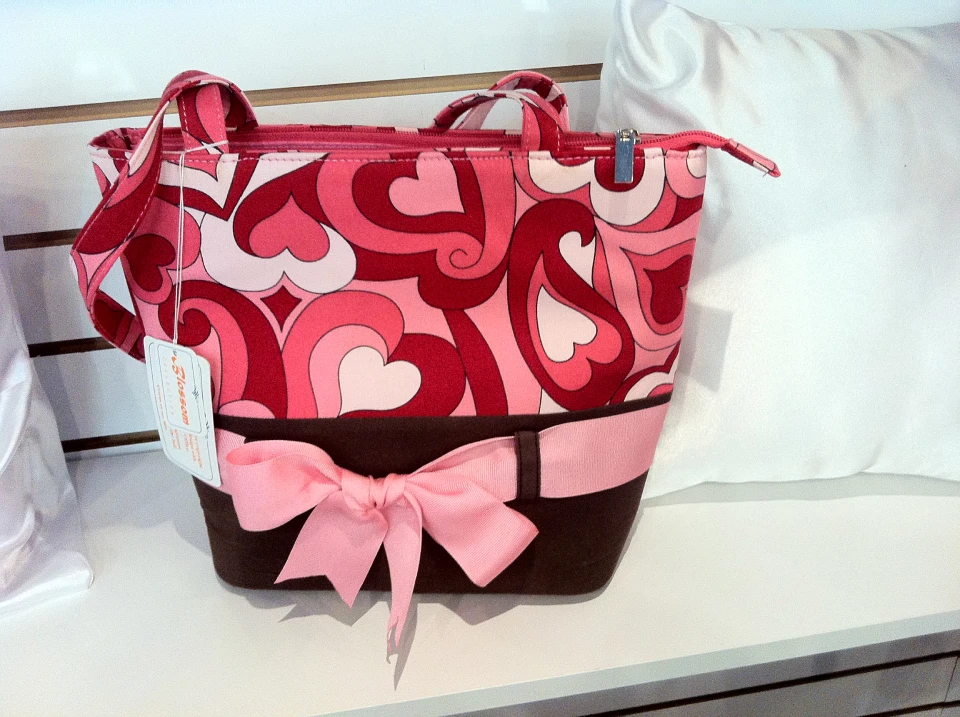Heat Transfer on T-Shirts and Aprons - Personalized Styles and Logos
Heat Transfer on T-Shirts and Aprons - Personalized Styles and Logos
Blog Article
The Art of Custom Needlework: Opening the Secrets to Creating Unique and Remarkable Layouts
The secrets to developing custom-made embroidery styles that captivate the eye and leave a long lasting impression lie in a delicate balance of technique, creative thinking, and focus to information. As we dig right into the world of customized needlework, we discover the nuanced interaction in between thread selection, stitch intricacy, and design personalization that raises a plain garment to a work of art.
Selecting the Right Embroidery Threads
When choosing embroidery threads, what crucial variables should you consider to make certain the most effective outcomes for your personalized designs? The selection of needlework string is crucial in figuring out the last result of your embroidered style. Among the key considerations is the product of the thread. Various materials such as cotton, polyester, rayon, and silk use varying degrees of luster, sturdiness, and structure. It is necessary to choose a string product that matches the material you are stitching on and lines up with the preferred appearance of the design.
In addition, the weight or thickness of the thread plays a considerable role in the appearance of the needlework. Thicker strings can include measurement and texture to your style, while finer strings are ideal for elaborate information and tiny text. Additionally, taking into consideration the color fastness and washability of the thread is crucial to make sure that your customized styles maintain their quality and vibrancy gradually. By very carefully examining these factors and selecting high-grade threads that satisfy your specific demands, you can improve the aesthetic appeal and durability of your embroidered creations.
Exploring Various Stitch Methods
To explore the realm of 'Discovering Different Stitch Strategies', one must grasp the details and subtleties that each stitching approach brings to the art of embroidery. Different stitch techniques not only include aesthetic rate of interest however likewise add to the overall texture and measurement of the layout. One prominent stitch technique is the satin stitch, which involves closely jam-packed parallel stitches to develop a smooth and glossy surface area, suitable for filling out shapes and developing bold lays out.
On the various other hand, the backstitch is a flexible technique often utilized for describing and adding great details. It involves stitching backwards to develop a strong line of needlework. In addition, the French knot stitch adds a tactile aspect to designs, best for producing textured accents like flower facilities or attractive touches.
Exploring various stitch techniques permits embroiderers to have fun with light, shadow, and depth within their layouts, boosting the visual charm and imaginative top quality of their embroidery tasks. By understanding different sewing techniques, one can open limitless possibilities for producing one-of-a-kind and remarkable custom-made needlework pieces.
Incorporating Personalized Design Aspects
Having actually explored the intricacies of various stitch methods such as the satin stitch, backstitch, and French knot, the emphasis now moves towards including tailored design aspects in personalized needlework jobs. Personalized layout aspects play a critical duty in making needlework projects genuinely distinct and memorable. One method to include customization is by adding initials, names, or considerable dates to the style. This not just adds a customized touch but also improves the nostalgic worth of the needlework piece.
An additional method to incorporate tailored layout components is by consisting of symbols or motifs that hold unique definition to the recipient or mirror their rate of interests and personality. Including a favorite blossom, pet, or hobby-related icon can make the needlework design extra meaningful and personalized. Additionally, picking colors that reverberate with the recipient or straighten with the intended theme can even more boost the customization of the embroidery task.
Grasping the Art of Shade Sychronisation

One key facet of shade coordination is recognizing shade concept. This consists of understanding just how various colors connect with each various other, the emotions they communicate, and how they can be incorporated to produce visually enticing styles. By using color concept principles, embroiderers can create unified shade palettes that improve the overall appearance of the design.
Additionally, paying focus to comparison is vital in shade coordination. Making use of contrasting colors can help specific elements of the style pop, enhance readability, and create an aesthetically dynamic embroidery item. By mastering the art of shade coordination, embroiderers can raise their designs and create unforgettable pieces that reverberate with customers and customers alike.
Enhancing Structure With Advanced Embroidery Stitches
French knots, for example, are excellent for including little, increased dots to your style, simulating the look of grains or developing a distinctive surface area. Bullion knots, on the other hand, can be used to create twisted, ropelike elements that add a luxurious feeling to the needlework. Seed sewing entails small, scattered stitches click here for more that can complete locations with a multicolor appearance, while turkey work develops fluffy, dimensional accents reminiscent of pet hair or foliage. Trying out these advanced embroidery stitches allows you to press the borders of typical embroidery and create really distinct and visually attractive textures in your styles.
Final Thought
Finally, the art of custom-made embroidery involves a combination of picking the ideal threads, exploring numerous stitch techniques, integrating tailored style aspects, understanding shade sychronisation, and improving texture with sophisticated stitches. By comprehending and executing these vital components, embroiderers can develop unique and memorable layouts that showcase their creative thinking and ability. Embroidery enthusiasts can open the keys to producing lovely and custom items that stand apart and leave an enduring perception.
Report this page